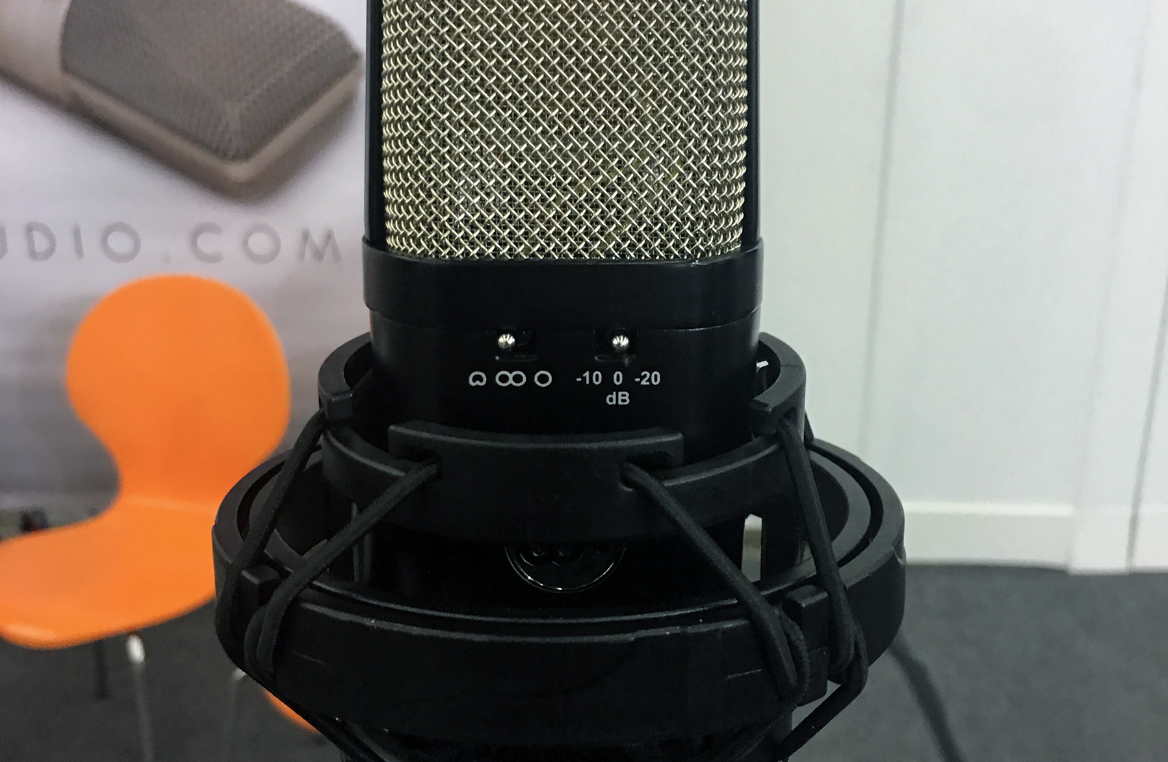

For situations where phantom power wasn’t available, the pre-1986 version of the U87 had a battery compartment. Warm Audio have also used a conventional three-way toggle switch in place of the sliding polar pattern selector on the original. The most obvious difference is the finish, which is much shinier than that of any Neumann I’ve seen, and, if I’m honest, looks a bit cheap. With its characteristic wedge-shaped headbasket, the microphone’s physical design is obviously indebted to the Neumann original, but you don’t have to inspect it very closely to see that it’s not a U87. Like the U87 and the U87Ai, the WA‑87 is a large-bodied, large-diaphragm capacitor microphone with three switchable polar patterns - cardioid, omni and figure-8 - plus a 10dB pad and a low-cut filter turning over at 80Hz. In short, Warm Audio say that the WA‑87 recreates the special qualities of the original, no-longer-made U87. This point of view is by no means universally held, but Warm Audio have used it to justify their decision to copy what is, arguably, a current product from another manufacturer’s catalogue. Some feel that in making these modifications, Neumann compromised the sound of the original U87, and there are those who say that the Ai version is slightly harsh or brittle in comparison. However, in the U87Ai a DC-to-DC converter was added, which allowed Neumann to revert to using the original K67 capsule found in the U67 (which was redesignated the K870), and also to raise the polarisation voltage to 60V, delivering a 3dB improvement in signal-to-noise ratio and a hotter output. The original U87 used the 48V phantom power supply to polarise the capsule directly, and as a consequence, the electrical design of the capsule had to be modified slightly compared with that of the U67, to isolate the front and rear backplates. It is still a market-leading product 50 years later, but today’s U87Ai is the result of a 1986 design revision, and differs from the original in various respects that some people think are significant. Introduced in 1967 as a solid-state successor to the equally classic U67, the Neumann U87 is a microphone that properly deserves the term ‘iconic’. There are no prizes for guessing which classic item of studio hardware the WA‑87 recreates.

Thus far, Warm Audio have focused mainly on studio outboard, but the WA‑87 is their first foray into the world of microphones. This situation has created a niche for companies like Warm Audio and Golden Age, who use low-cost Far Eastern manufacturing to bring replicas of this gear to market at much more affordable prices. Does it succeed?ĭemand for items of classic studio hardware is high and supplies are low, meaning that the originals are out of reach to many home and project-studio owners. Warm Audio’s new mic is claimed to offer the sound of an original Neumann U87 at a fraction of the price.


 0 kommentar(er)
0 kommentar(er)
